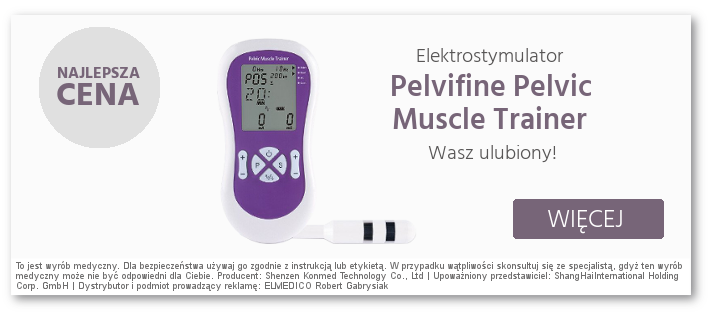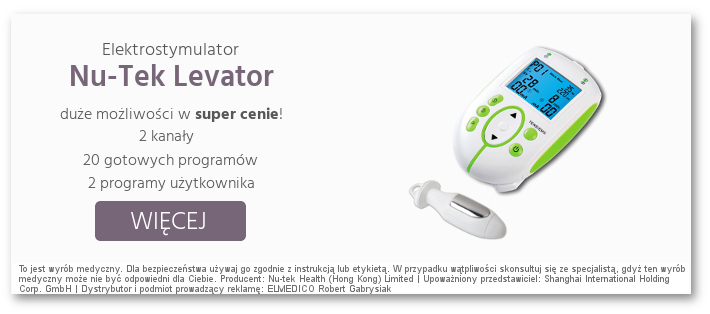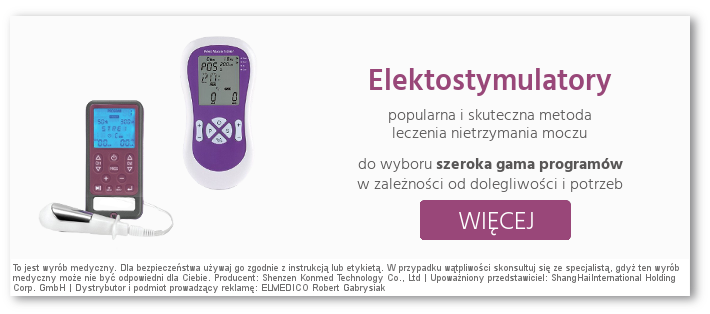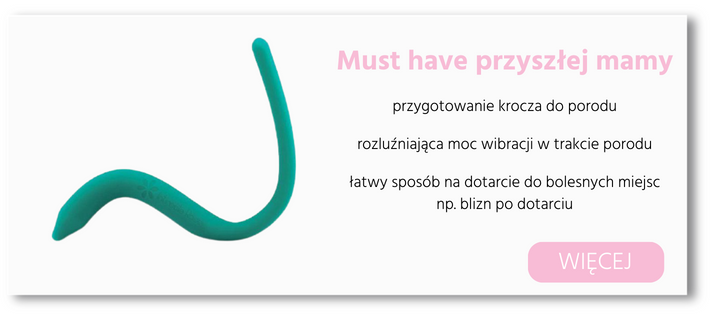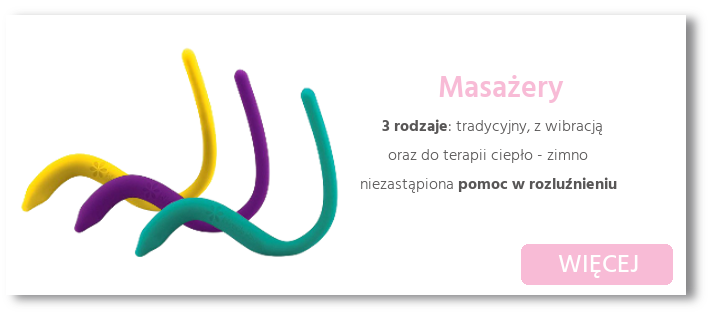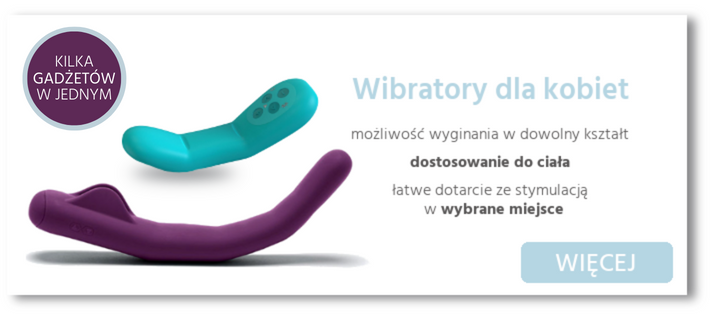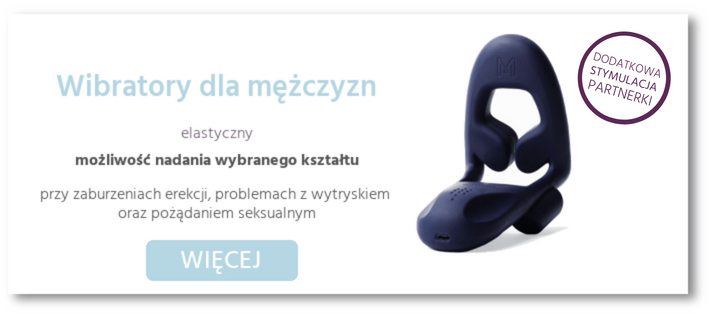Overactive bladder - causes, symptoms and treatment

Overactive bladder syndrome is a condition that affects the functioning of the urinary system, leading to a variety of symptoms and discomfort. It is characterized by an overactive bladder, which results in a frequent and urgent need to urinate.
Treatment of overactive bladder is a complex process that requires an individual approach and often includes both pharmacological methods and lifestyle changes. A key issue in treatment is understanding the causes, which may include denervation of the bladder, which significantly affects its functioning. Frequent urination, one of the main symptoms, can affect the quality of life of patients, so it is important for people suffering from this syndrome to seek professional medical help. Diagnosis and appropriate treatment can significantly improve the quality of life of people with overactive bladder syndrome. Learn the characteristic symptoms of an overactive bladder for women and men and how to deal with the problem of sudden pressure on the bladder.
Urinary incontinence - introduction
Regular, uncontrolled leakage of urine from the bladder, which is independent of our will, is both a hygienic and social problem. Despite significant symptoms, only less than half of women report their symptoms to a doctor(!) Unfortunately, people suffering from this condition often withdraw from active social and professional life, which negatively affects their well-being and quality of life. It is estimated that about 5 million Poles struggle with this problem. Urinary incontinence affects 25 to 45% of women, depending on age, while every fifth man experiences difficulties with proper urination and control. The risk of this problem increases significantly in men after medical surgery.
Treatment of urinary incontinence focuses on eliminating the factors that aggravate the condition, changing lifestyle and introducing healthy daily habits, physiotherapy, pharmacotherapy and, ultimately, surgical treatment. After surgery, it is necessary to start physiotherapy to maintain the surgical results.
Physiotherapy methods used for urinary incontinence include:
- pelvic floor muscle exercises,
- behavioral therapy,
- electrostimulation using electrostimulators for urinary incontinence,
- use of mechanical means.
Division of urinary incontinence according to types:
- stress urinary incontinence
- overactive bladder
- mixing urinary incontinence
- other - neurological
Overactive bladder - clinical division of the disease (OAB)
- OAB dry (without urinary incontinence).
- OAB wet (with episodes of loss of urine), i.e. wet
Overactive bladder with/without urge incontinence
This type of urinary incontinence is manifested by problems with the urinary bladder, which needs to be emptied too often because it has a small capacity of urine inside. It is characterized by an uncontrollable need to urinate at night and during the day. This is caused by overactivity of the detrusor, i.e. the smooth muscle of the bladder. It includes micturition disorders caused by a loss of balance between the mechanisms that inhibit and stimulate the activity of the detrusor muscle. There is a dry form - without urinary incontinence and a wet form with episodes of loss of urine. It is important to exclude a possible urinary tract infection for proper diagnosis. The problem occurs in both women and men, and untreated overactive bladder syndrome can cause significant deterioration of mental and physical health.
Research conducted on Europeans shows that the problem affects 17.4% of women and 15.6% of men. For the bladder to function properly, an undamaged nervous system is needed, i.e. the brain stem, spinal cord, peripheral nerves and the bladder. If any of the CNS centers is damaged, it may cause various urinary symptoms. The main neurological causes are:
Damage:
- Above the pons - after a stroke, Parkinson's disease or dementia. The detrusor muscle becomes overactive and the bladder capacity decreases.
- The spinal cord in the S2-S4 section, i.e. the micturition center - the bladder overflows here due to the inability to reflexly contract it. The bladder begins to become independent of our will, it contracts ineffectively, which does not allow sufficient urination and further leads to urine retention and loss of urine due to overflow, and the bladder becomes limp and widens.
- Spinal cord above the micturition center - the bladder contracts unexpectedly and unconsciously, and urination depends on reflexes from the sacral spine.
Symptoms of overactive bladder and diagnosis of other diseases
Diagnosing overactive bladder often requires an integrated approach to identify the causes of symptoms and rule out other possible conditions. Excessive bladder contractions may not be solely the result of bladder denervation, so you should consult your doctor for a full diagnosis.
One diagnostic tool that may be used in this process is ultrasonography (USG), especially urinary tract ultrasound. Here are some key points about the role of abdominal ultrasound in diagnosing OAB:
- Assessment of the Urinary Bladder Condition: Ultrasound allows you to assess the size, shape and position of the urinary bladder, as well as check whether the bladder empties completely. Remaining urine after micturition (so-called residual urine) may be an indication of problems with bladder functioning.
- Detecting Abnormalities: An ultrasound examination can help identify structural abnormalities such as bladder stones, tumors, or other abnormalities that may contribute to OAB symptoms.
- Non-invasive Methods: ultrasound is a non-invasive procedure, which makes it safe and relatively comfortable for the patient.
- Exclusion of other diseases: Ultrasound also helps to exclude other urinary tract diseases that may cause similar symptoms, such as urinary tract infections or prostate enlargement in men.
- Kidney Function Assessment: Renal ultrasound is part of the assessment of the overall health of the urinary system. This allows for the detection of possible kidney abnormalities that may affect bladder function.

Symptoms of OAB overactive bladder syndrome:
The most common symptoms of overactive bladder are:
- daily urinary frequency
- nocturnal frequency
- Urgency - a sudden, often difficult to control feeling of needing to urinate immediately, which may appear suddenly and without warning
- presence (OAB wet) or absence of urinary incontinence (OAB dry)
- the problem is with the bladder
- strong pressure on the bladder with little filling of the bladder
- frequent, painful urge
- Usually, there is significant loss of urine before the person has time to go to the toilet
Overactive bladder - causes:
- chronic inflammation of the lower urinary tract
- organ drops
- estrogen deficiency - sensitive mucous membranes
- physical and mental burdens
- habits, habits, upbringing
- emergency urination
- low fluid intake
- Cold
- surgeries, pelvic injuries
- obesity
- diabetes
- multiple sclerosis
- overactive bowel syndrome
How to cure an overactive bladder?
Surgical treatment is used quite often, but it should be a last resort. Please remember that after it you should exercise your bladder and pelvic floor muscles, because otherwise the problem will return - conservative treatment.
Botox is also used for treatment to calm the bladder. Every person struggling with NTM should visit a doctor and a gynecological physiotherapist for proper diagnosis and treatment. It is possible to cure overactive bladder and say goodbye to this painful problem.
Physiotherapeutic treatment of overactive bladder
- percutaneous tibial nerve stimulation (PTNS), and in the case of non-oncological patients, the therapy may include electrostimulation, both strengthening the pelvic floor muscles and calming the overactive bladder via the tibial nerve or transpubic or transrectal, affecting the bladder directly uric.
- EMG biofeedback and pressure biofeedback,
- behavioral training work,
- learning how to properly defecate using resistance exhalation with a breathing mouthpiece enabling proper distribution of intra-abdominal pressure and proper direction of the defecation "pressure".
Electrotherapy in overactive bladder syndrome
This is a passive method of treating urinary incontinence and involves irritating nerve endings in the skin or causing muscle contraction using impulse currents. For electrical stimulation of the pelvic floor to be effective, the innervation of this part of the body must be at least partially preserved.
The possibility of using TENS currents allows:
- stimulation of muscles to contract, thanks to which the patient knows that contraction is possible,
- restarting the mechanism of central (conscious) control of muscle movement and rebuilding the reflex arc,
- inhibition of detrusor contraction through the perineo-detrusor reflex (MDM tension),
- influence on muscle tissue trophics (due to improved blood supply and strengthening of MDM),
- analgesic effect on the pelvic area, e.g. during childbirth, on painful scars, etc.
Introduction of bladder training
Increasing bladder capacity through exercise can be very helpful for people suffering from overactive bladder syndrome (OAB) and others who experience frequent urination.
The training involves postponing going to the toilet and urinating at set times (about every 3 hours), not when the bladder informs us about it. We exercise the bladder by extending the time between micturitions, i.e. if we feel the urge to urinate earlier, we should use "delay techniques" (described below) and try to hold on as long as possible so as not to go to the toilet immediately. This time should be increased each time until one day you reach the goal of 3 hours apart.
You should also remember to educate the patient and thoroughly explain the principles of training. The effectiveness of bladder training, i.e. reducing or eliminating symptoms, is up to 90%.
- techniques that postpone micturition
- keeping a voiding diary
- modification of lifestyle and toilet habits
- balanced pelvic floor muscle training
- loosening, relaxation and breathing exercises
- alternative methods: e.g. massage, reflexology, naturotherapy
- To calm down the bladder, you need to strengthen your body posture, i.e. the pelvic floor muscles
Lifestyle change and overactive bladder
- Take care of your acid-base balance,
- Avoid cold surfaces to sit on, or use warm sitz baths,
- Before urinating, warm the urethral opening slightly with a warm compress so that the skin is at the same temperature as the urine.
- Natural therapy should help by replacing antibiotics, but natural products must be used when the first symptoms are noticed,
- Regulate the vaginal bacterial flora by using natural yogurt and a good probiotic. After menopause, use estrogen-containing creams around the vaginal opening to improve the condition of the mucosa,
- During frost, take care of warm clothes in the pelvic area (e.g. long jacket, tights),
- During infection-free periods, you can drink herbal teas to support your bladder,
- Strengthen your immune system,
- Drink blueberry juice, cactus flower tea, cranberry juice,
- Avoid carbonated drinks and drinks with high amounts of caffeine that irritate the bladder and diuretic drinks

Functions of the pelvic floor muscles
- maintaining internal organs to prevent them from moving downwards,
- reflex reaction when e.g. sneezing, coughing,
- relaxation and opening during micturition and defecation,
- sexual function, relaxation during intercourse.
Mixed urinary incontinence - do you need to exercise your pelvic floor muscles?
The combination of stress urinary incontinence and an overactive bladder is very common. This form of urinary incontinence is called mixed. In this case, it is also worth paying attention to the pelvic floor muscles, because the problem results, among other things, from the weakening of these muscle structures.
Year by year, unexercised pelvic floor muscles lose their strength and the problem may worsen. To prevent this, you should practice MDM every day and improve their trophic function. The pelvic floor muscles were once called Kegel muscles - they are the same structures but under a different name.
Bibliography:
1.M. E. Grzybowska, T. Rechberger, A. Wróbel; Recommendations of the Urogynecology Section of the Polish Society of Gynecologists and Obstetricians regarding the treatment of non-neurogenic overactive bladder in women; Gynecology and Practical Perinatology 2021 volume 6, no. 1, pages 42–60
2. Bebo Polska
3. A. M. Borowicz, K. Wieczorowska-Tobis; Physiotherapeutic methods in the treatment of urinary incontinence; Gerontologia Polska 2010, volume 18, no. 3
4. A. Bachorz; Physiotherapy after prostate surgery; Knowledge in practice 2023

